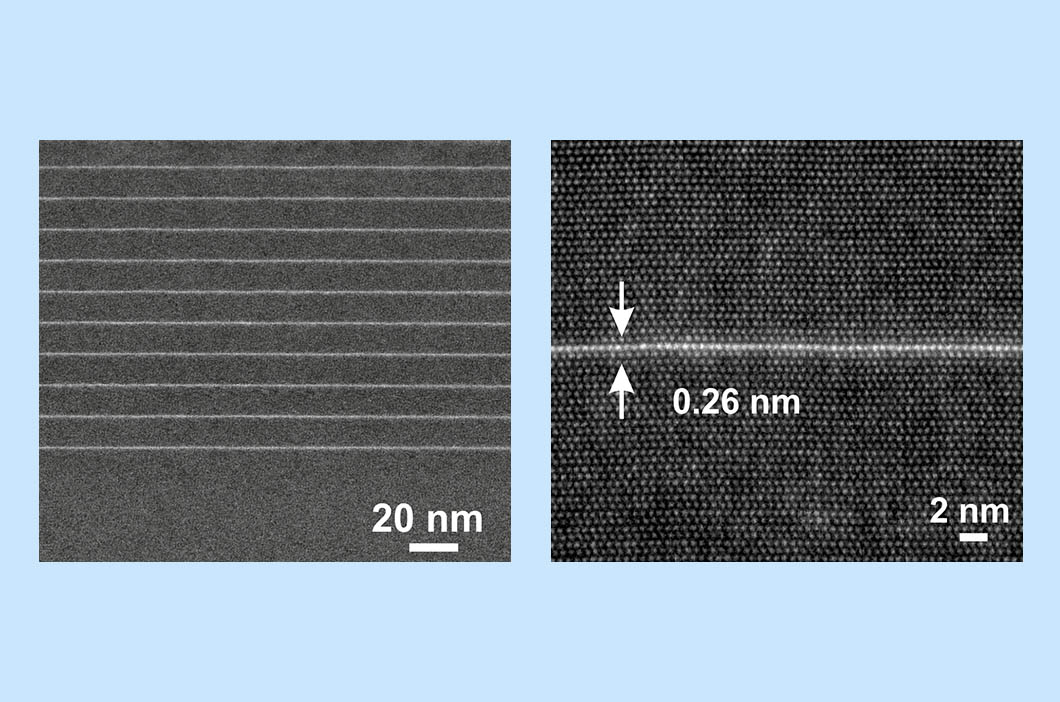Today, indium gallium nitride (InGaN)-based quantum structures have been widely established in solid-state lightning, reaching efficiencies of up to 90 %. However, the physical reason for these high efficiencies, despite a considerable amount of structural defects, is still under debate. It is widely recognized in the scientific community that the localization of holes within the InGaN quantum well plays a central role, which, however, has been mostly discussed in theoretical works. One of the reasons is related to the fact that in a conventional quantum well, typically both charge carriers – electrons and holes - are confined. In addition, their degree of localization is influenced by various factors such as InGaN alloy fluctuations, quantum well thickness variations and polarization fields, which impedes an experimental access to the recombination processes.
For this reason, a research consortium consisting of the Leibniz-Institut für Kristallzüchtung (IKZ, Berlin), Paul-Drude Institut (PDI, Berlin), Max-Born Institute for Nonlinear Optics (MBI, Berlin) and Max Planck Institute für Eisenforschung (MPIE, Düsseldorf) has investigated quantum systems where the recombination almost exclusively depends on the localization of holes within the quantum well. To achieve this less complicated scenario, the InGaN quantum wells, examined in the recent work of Anikeeva et al., exhibit a thickness of only a single atomic layer with an average indium content of 25%. In this paper, the authors present extensive studies of optical (MBI, IKZ) and structural properties (IKZ) combined with theoretical calculations (MPIE).
Anikeeva et al. demonstrate that despite the reduced complexity with regard to the charge carrier localization, many optical properties resemble those of conventional quantum wells. This highlights already the overall important role of hole localization for the recombination process of charge carriers in InGaN quantum wells. By stacking the monolayer thick quantum wells in superlattice and by carefully tuning its periodicity, the authors were able to reduce the degree of hole localization. As a result, they find a strong impact on emission, most notably in a decreased radiative recombination efficiency and changes in the optical properties, i.e. temporal and temperature behavior. In summary, the authors show by means of experiments and theoretical calculations that hole localization is a decisive factor for optical phenomena in InGaN quantum structures. This enables deeper insights into the basic recombination mechanism, and allows a critical review of models represented in literature.


